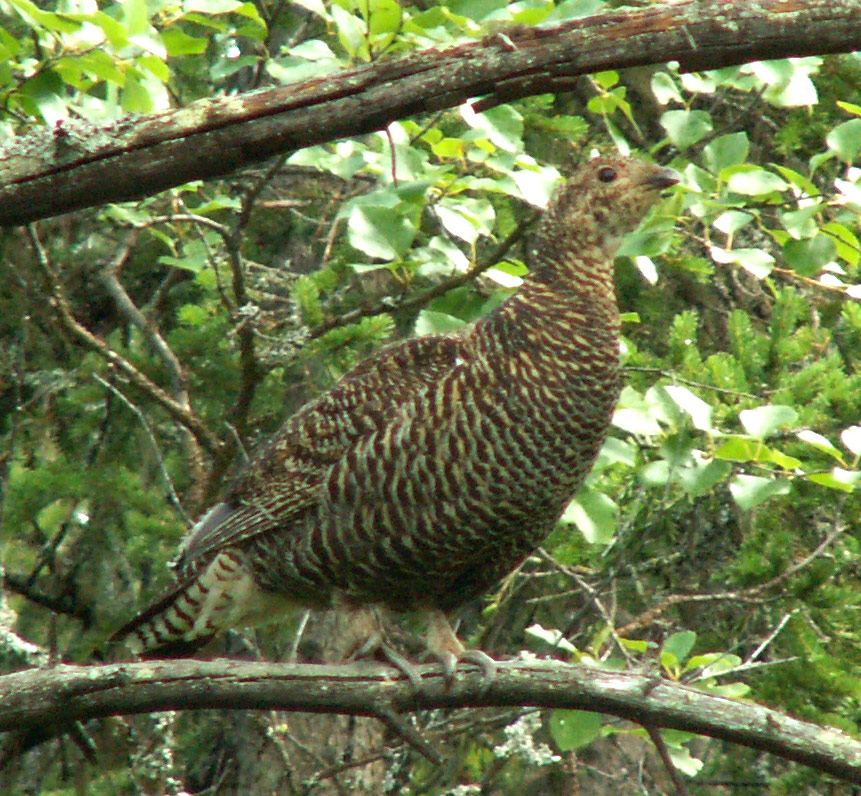Black grouse
The black grouse is one of our so-called ‘forest birds’, which basically include the landfowl we have in the forests: capercaillie, black grouse and hazel grouse. The black grouse male is a cock, while the female is a hen. The cock is black in colour, while the hen is motley brown.
Black grouse facts
Latin: Lyrurus tetrix
Family: The pheasent family (Phasianidae)
Length: 50 cm
Wingspan: 55 – 66 cm
Weight: 1 – 1,7 kg
Breeding season: April – Mai
Number of young: 6 – 10
How does the black grouse live?
The black grouse gathers on frozen water and marshes in late winter and early spring to strike up the dance. The male birds will call loudly, strut about and show off, and fight with other males. All to impress the females, who watch from the sidelines. This ensures that the strongest and most vigorous cock birds get to mate and pass their genes on.
The female will build her nest on the ground and hatch the chicks by herself. She will also have to bring them up on her own. She will usually move to a fairly lush, damp area where there are a lot of insects for her newly hatched chicks to eat. The brood will stay together during the summer and then generally disperse as autumn approaches. When snow falls, black grouse will frequently flock together to some extent, and flocks can often be seen sitting in trees and nibbling buds in birch woods.
What does the black grouse eat?
Black grouse eat insects and spiders when they are small chicks, but the adult birds only eat plants. In the summer months, blueberry bushes and berries are important, but the black grouse can also eat the shoots and buds of many different plants. When snow covers the forest floor, the black grouse heads up into the trees to eat the buds and catkins of birch and other deciduous trees.
Photo: Jniemenmaa / CC BY- SA 3.0
